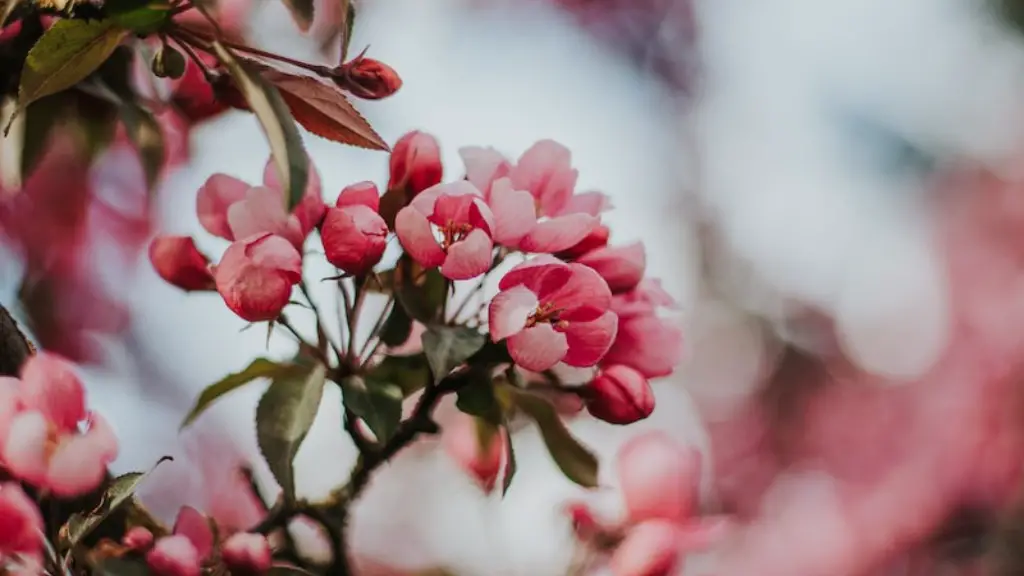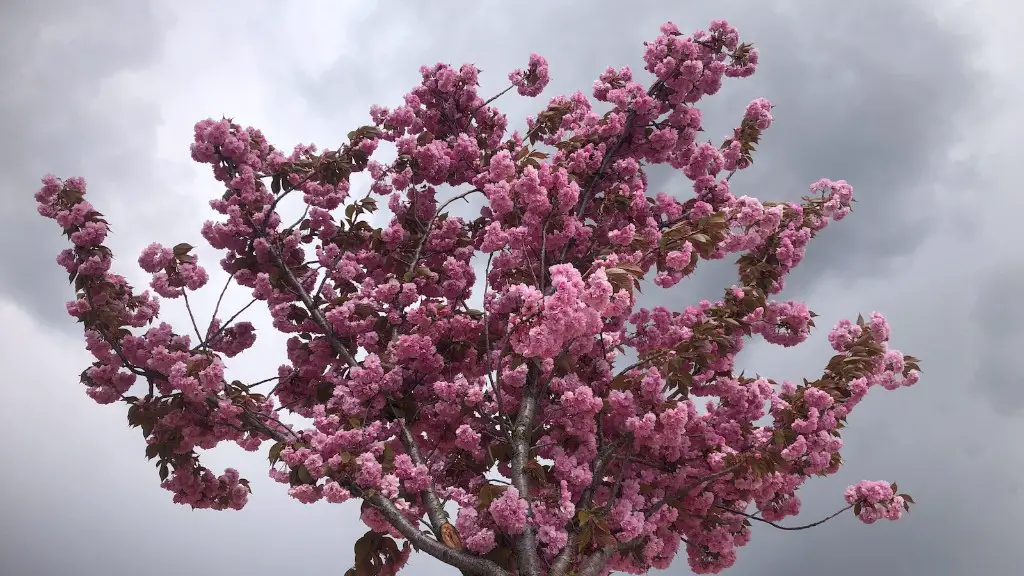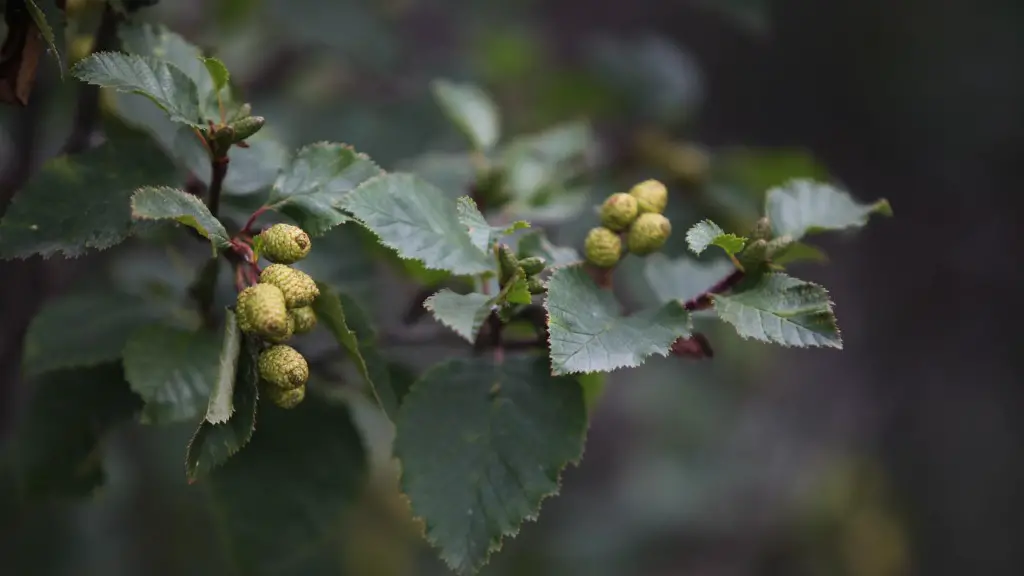Understand the Plant Basics
Cherry trees come in two varieties: sweet and sour. The tree is deciduous, which means it sheds its leaves annually, and is relatively easy to cultivate. Although it may be tempting to try and save a few dollars by starting trees from pits, successful plants require more than just the pit from a store-bought cherry. To increase the chances of success, it is important to understand the basics of how to grow a cherry tree from a pit.
Gather Supplies
In addition to the cherry pit, an area with at least six hours of sun, organic soil, a trowel, and a watering can are needed to start a cherry tree. Compost or fertilizer may also be helpful to increase the chances of success. Additionally, a protective cage to keep birds and animals away is essential to protect the tender young tree. Most cages are made of metal earrings or stakes with bird netting.
Start the Tree Inside
For best results, it is recommend to start the tree inside instead of outdoors. This provides a controlled environment where the tree will be safe from any pests. To plant the pit, take a large container and fill it with enough soil to plant the pit at least three inches deep. Plant the seed, water it thoroughly, and place the container in a sunny spot.
Transplant the Tree Outdoors
Once the tree has grown to at least six inches in height, it is time to transplant it outdoors. Choose an area that receives at least six hours of sunlight, has well-draining soil and can accommodate the mature size of the tree. Dig a hole twice the size of the pot and place the root ball of the tree in the hole. Backfill the hole with organic material, such as compost or leaf mulch, and water the tree deeply.
Fertilization and Water
Cherry trees require regular fertilization in order to ensure their growth. A fertilizer high in nitrogen is recommended for best results. Additionally, the tree should be watered regularly and deeply, once or twice a week, depending on the amount of rainfall.
Pruning and Maintaining
Cherry trees do not require too much pruning, but it is important to remove any dead or broken branches. Additionally, the tree should be mulched annually to protect the roots from extreme temperatures.
Harvesting
Depending on the variety, cherry trees can take anywhere from three to five years before they produce fruit. Once the tree begins to produce, it will be ready to harvest when the fruit is bright red and plump.
Identifying Diseases and Pests
There are several diseases and pests that can affect cherry trees, including powdery mildew, black knot, and aphids. It is important to inspect the tree regularly and treat any issues as soon as possible. To prevent damage from pests, apply insecticides and fungicides as needed.
Preparing for Winter
Cherry trees can be damaged by cold winter temperatures. To prepare for the winter, cover the tree with a burlap cloth before the first frost. This helps to protect the tree from extreme temperatures.
Grafting to Increase Pollination
Grafting is a method of propagating plants whereby a scion (a cutting of branch) is attached to an existing tree. This is a great way to increase pollination and it also helps to create new varieties of cherries.
Choosing a Healthy Tree
When purchasing a cherry tree, it is important to choose a healthy tree that is disease and pest free. It is best to inspect the tree before purchasing and look for signs of any damage or diseases.
Pest Control
Pests such as aphids, scale, and caterpillars can present a problem for cherry trees. To avoid any damage, it is important to use natural methods of pest control, such as an insecticidal soap or horticultural oil.
Protecting Against Winter Damage
To protect the tree from extreme cold temperatures during the winter, mulching is recommended. Covering the ground around the tree with a thick layer of mulch helps to keep the soil temperature consistent and reduces the possibility of winter damage.
Propagating the Tree
Propagating a cherry tree from a cutting is a great way to ensure success. To ensure the cutting will root, cut a small branch from the cherry tree and place it in water. Once the roots begin to form, pot the cutting in soil and wait for it to produce fruit.
Food and Water Schedules
Cherry trees require regular feeding and watering to ensure healthy growth. Water the tree deeply and regularly, and feed the tree with fertilizer high in nitrogen every few weeks.
Maintaining the Tree
Maintaining a cherry tree is essential in order to produce healthy fruit. Prune away any dead or broken branches and inspect the tree regularly for any signs of disease or pests. Additionally, mulch the tree every year to protect the roots from extreme temperatures during the winter.




